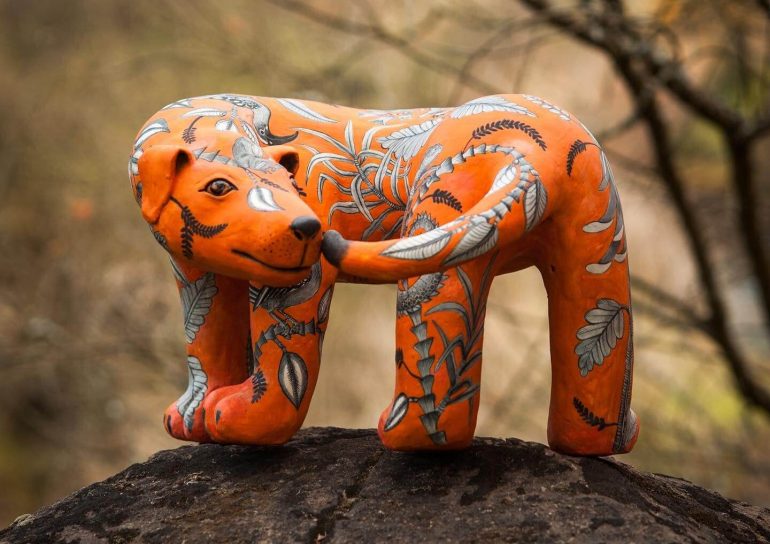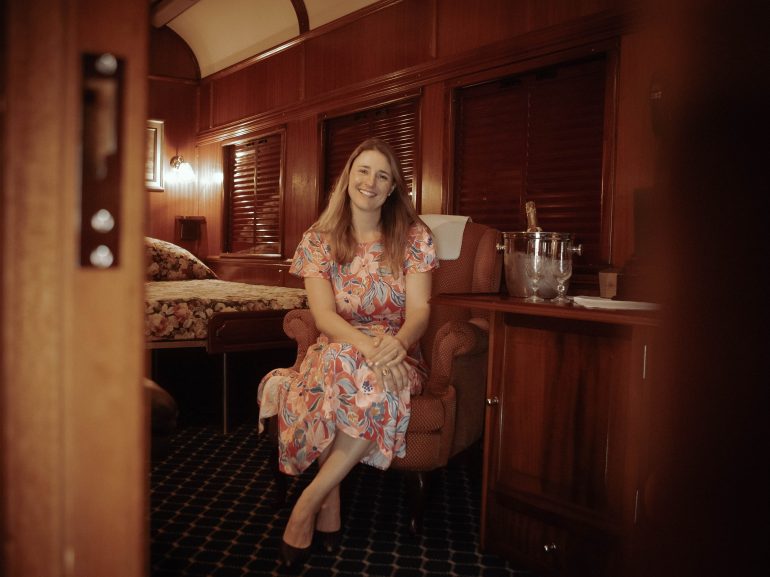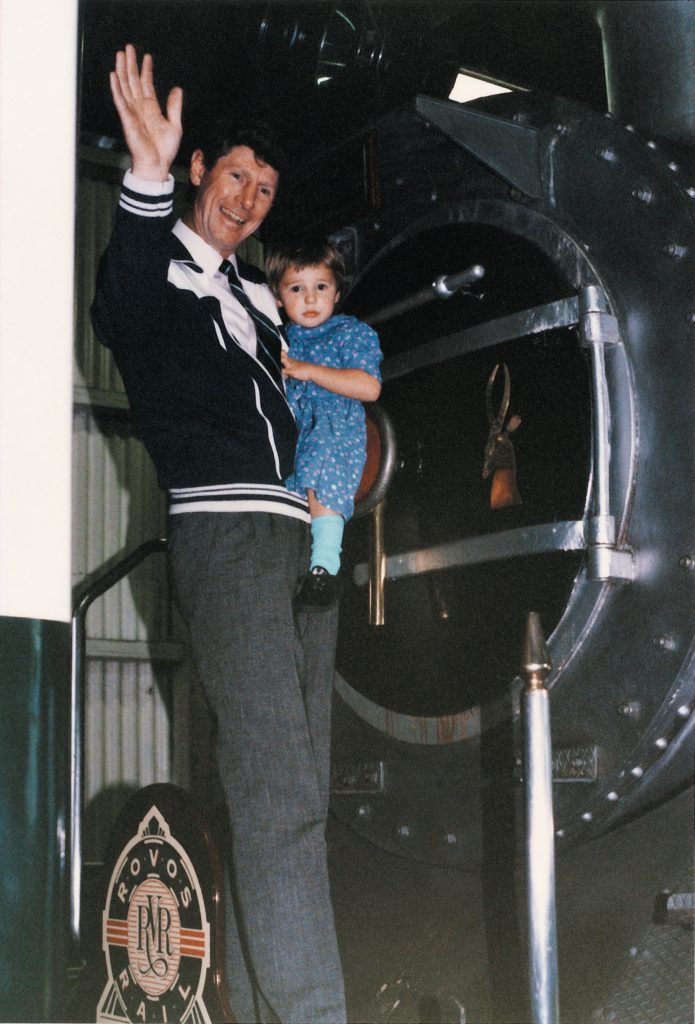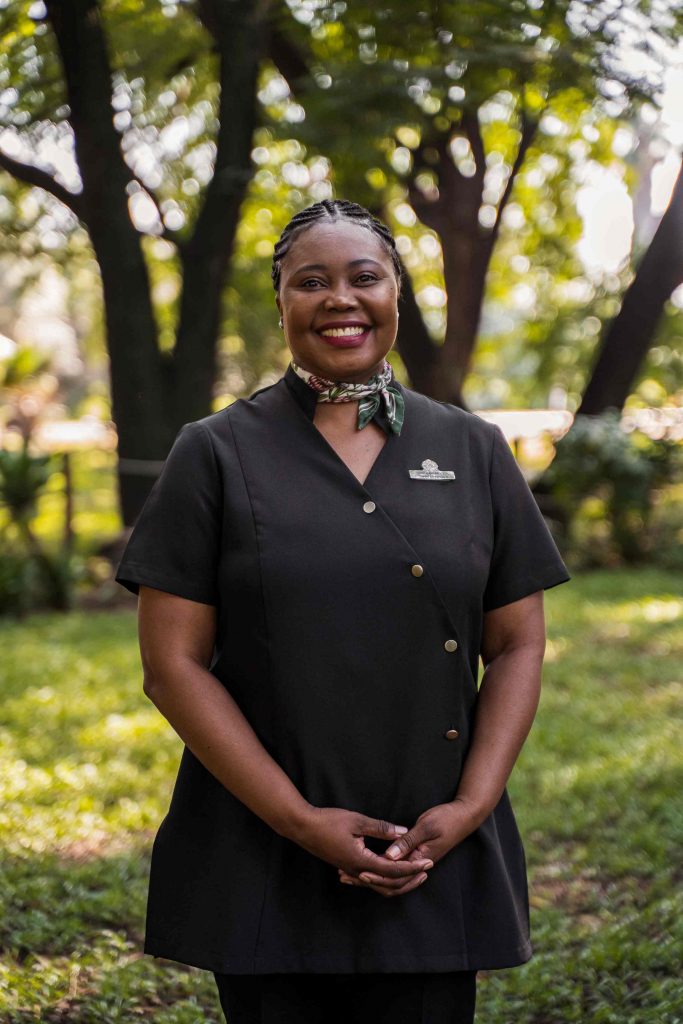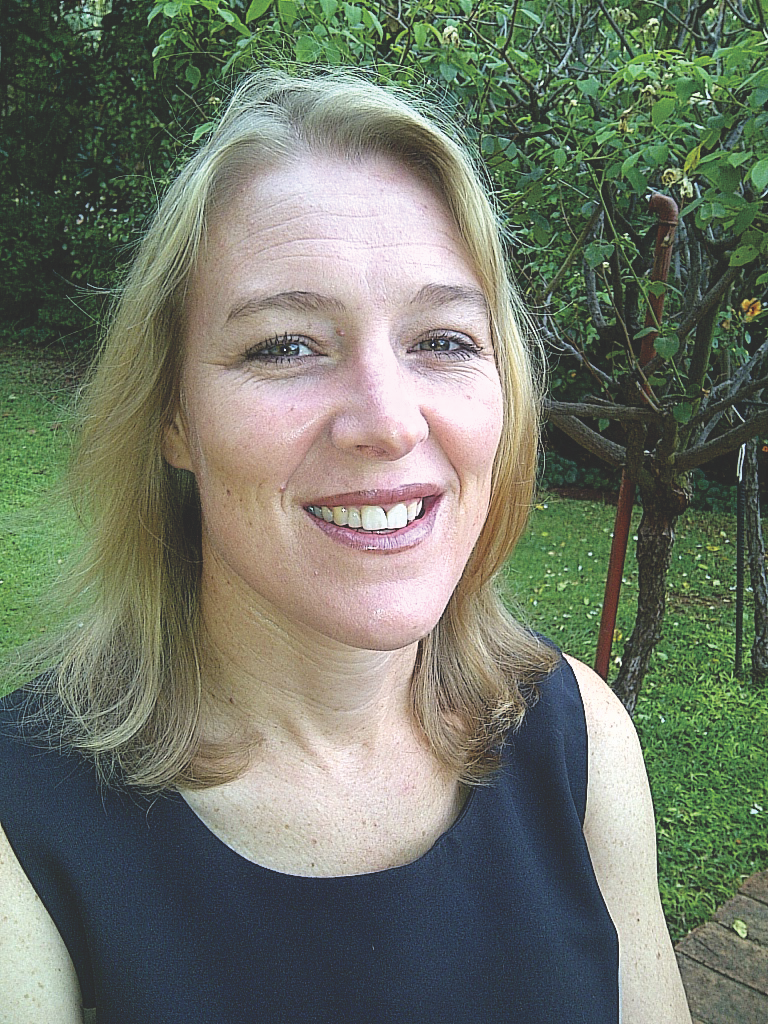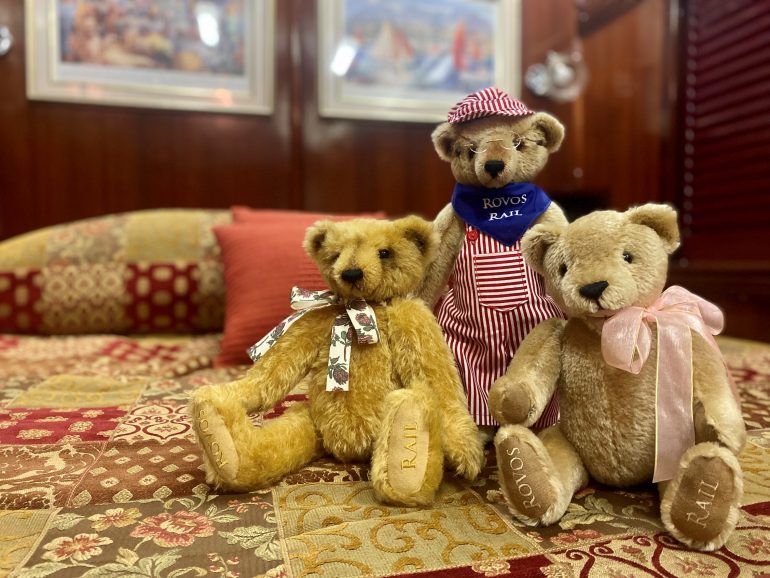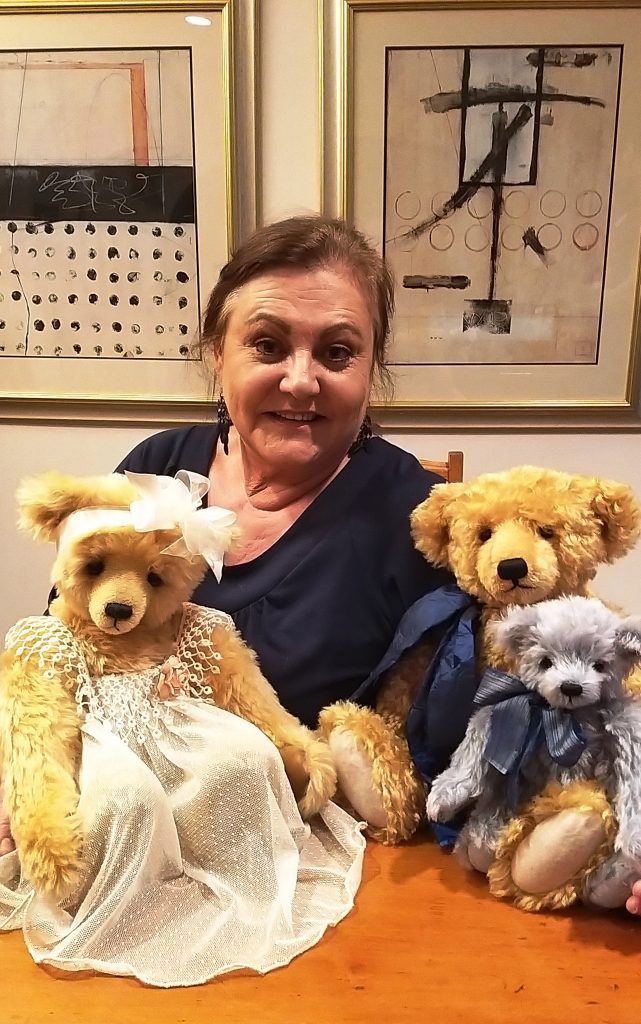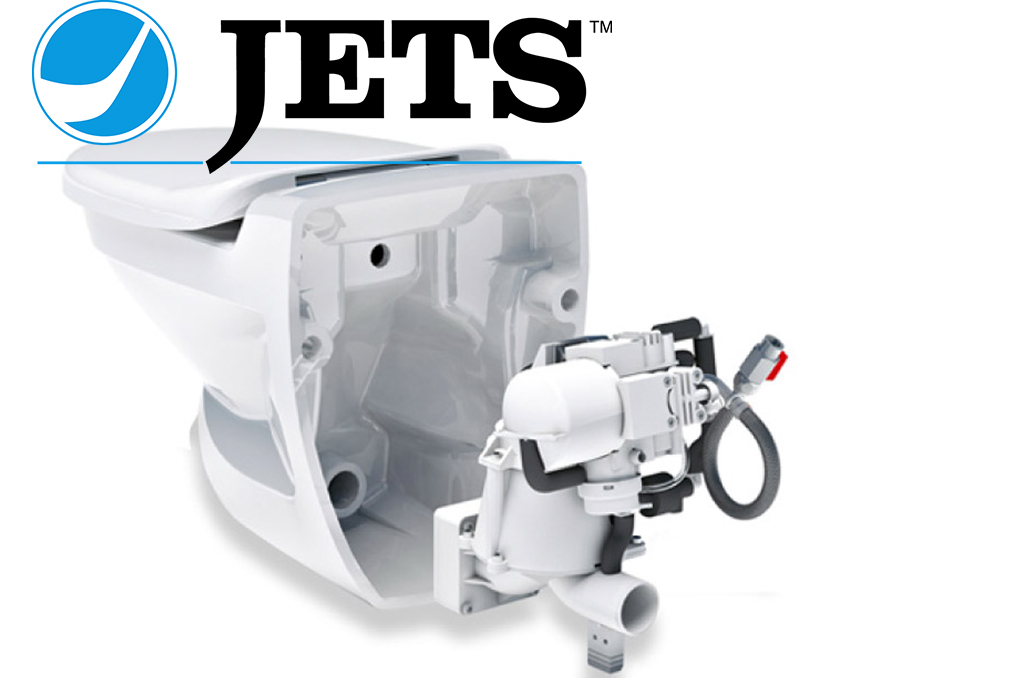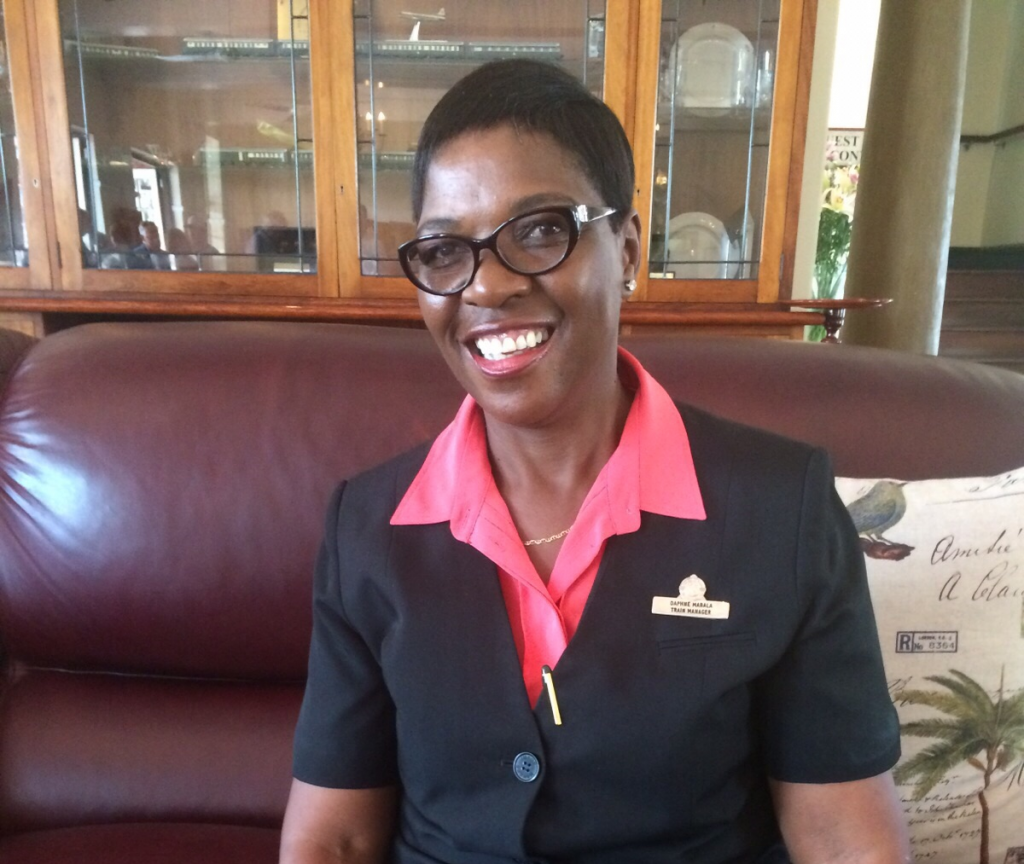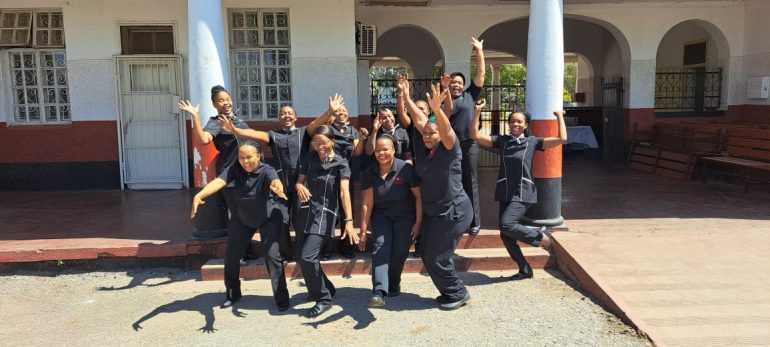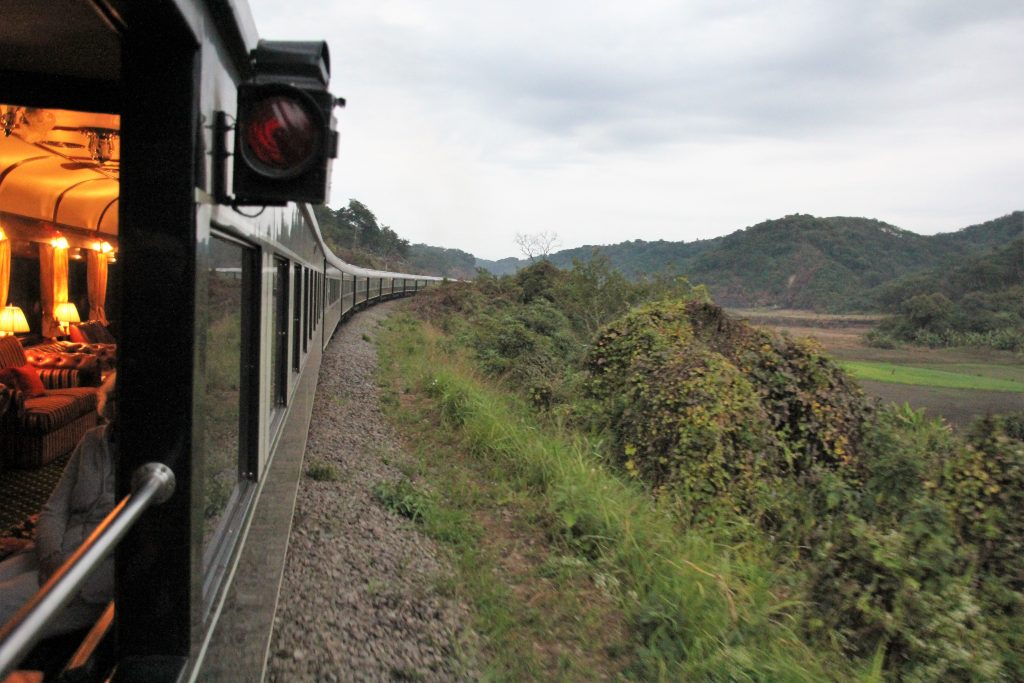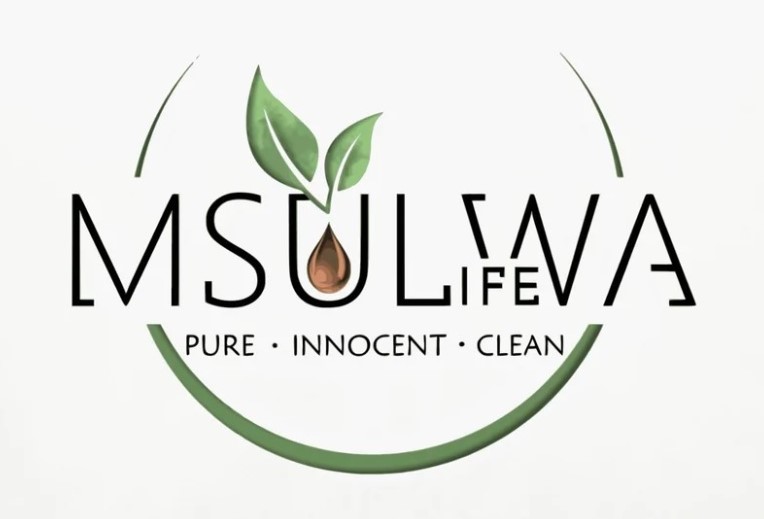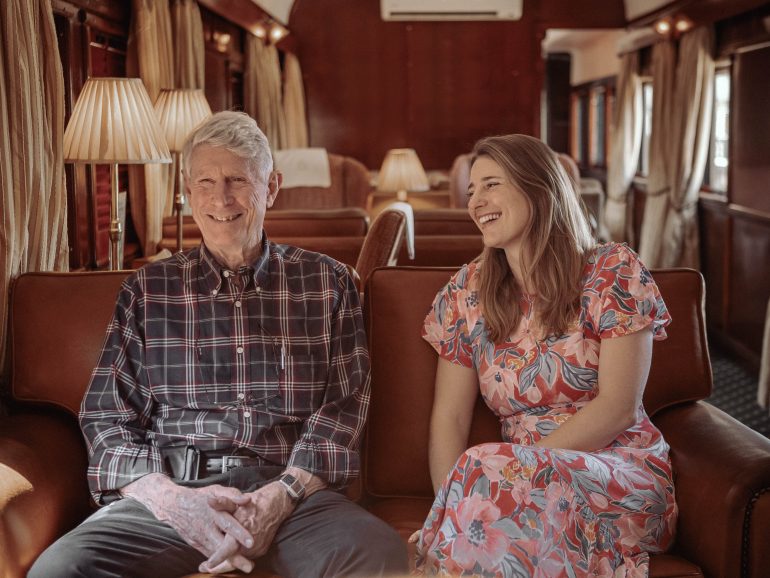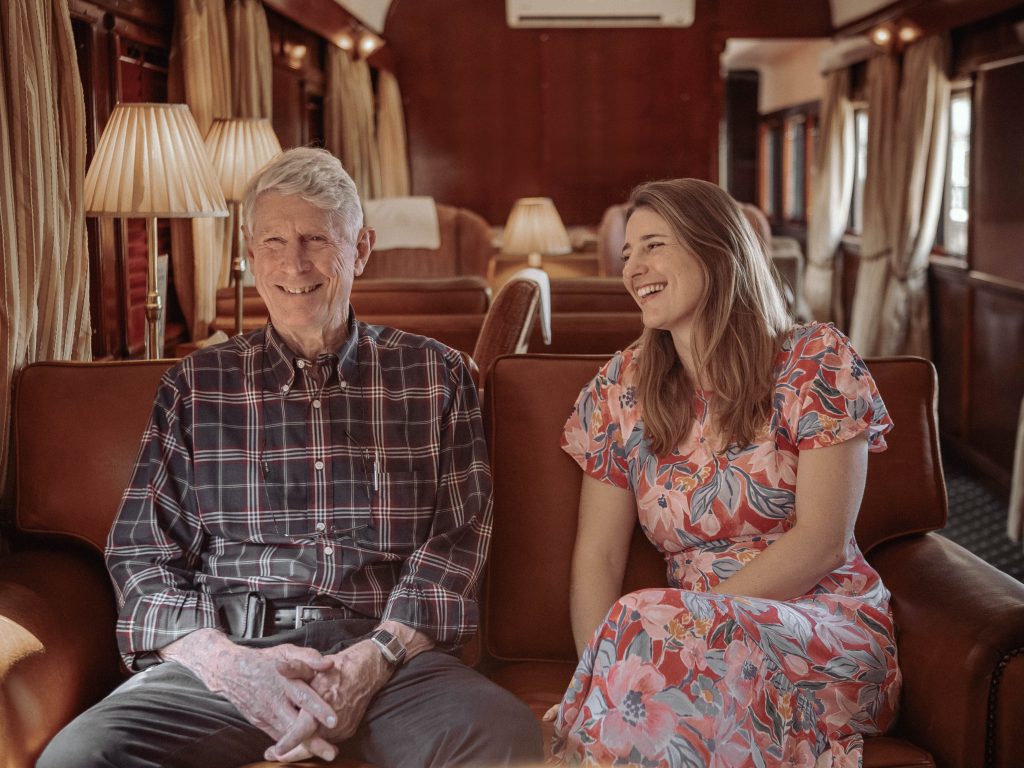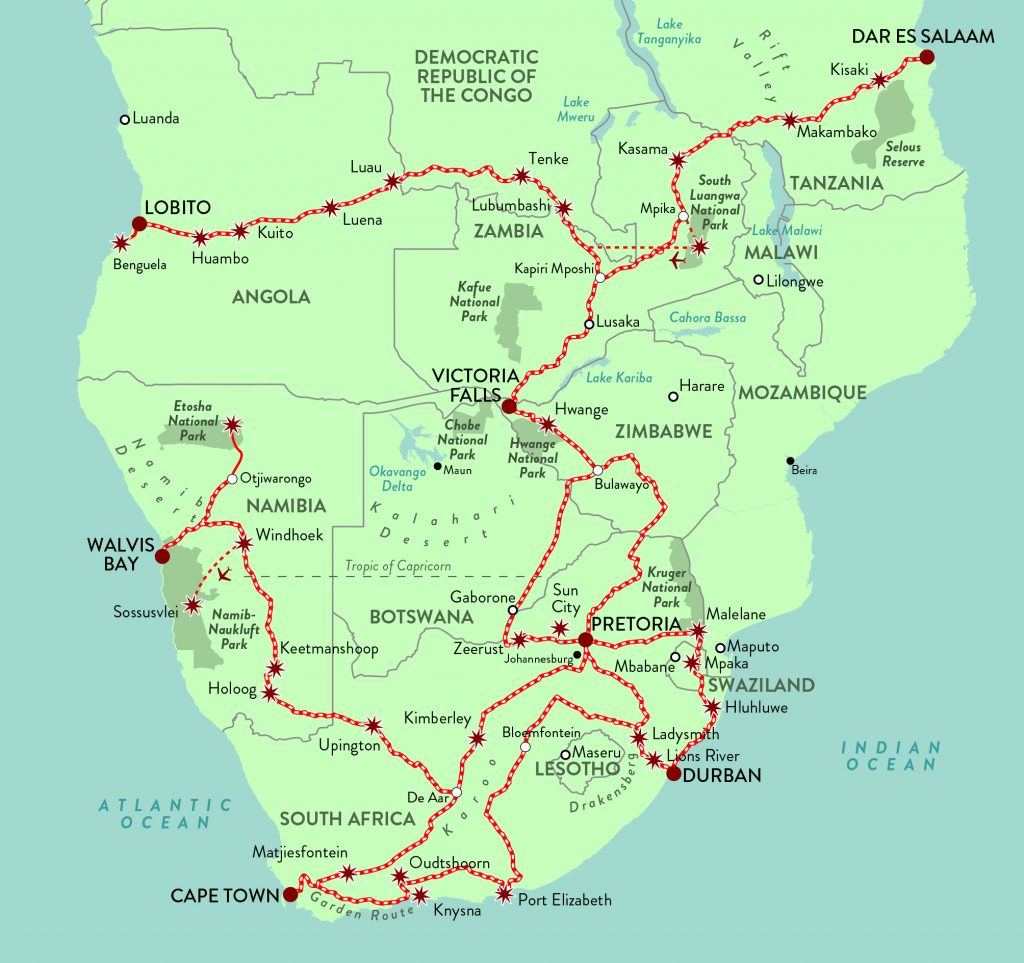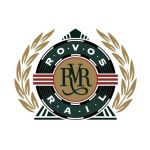Rovos Rail and Ardmore: Pioneering African businesses with shared values and a mutual friendship
By Linda Sparks
Since its inception, Rovos Rail has carefully chosen a selection of top quality and varied excursions offered to passengers, ensuring that their offerings are in keeping with the Rovos level of excellence. Ardmore, world-renowned for unique, award-winning ceramics, and more recently its design elements in home and fashion, is one such company with whom Rovos has had an association for nearly two decades.
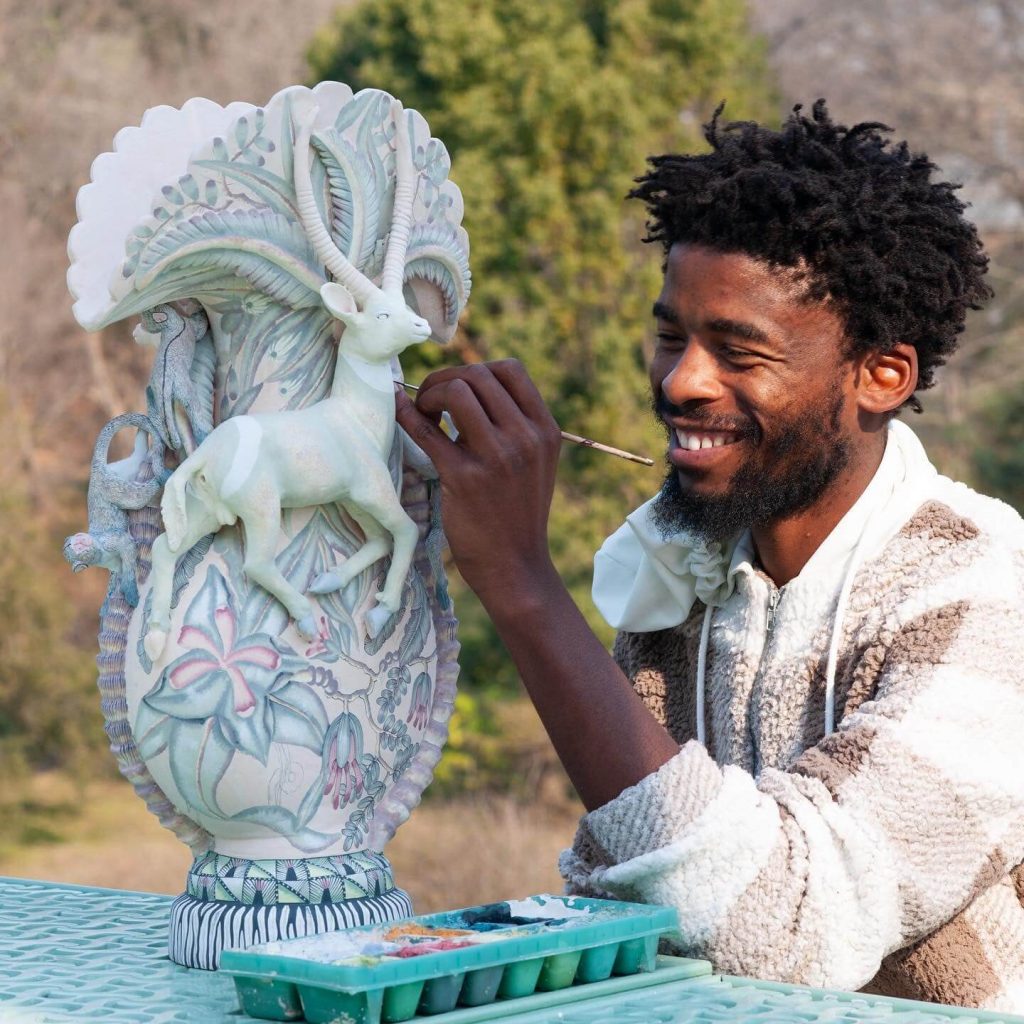
Established in 1985 by Zimbabwean-born ceramic artist Fee Halsted, Ardmore’s distinct and beautiful African artworks have been displayed in galleries and museums across the world and are showcased by international auction houses, designers and fashionistas including Sotheby’s and Christie’s, and the likes of Hermes and British Wallpaper Company, Cole & Son.
Situated on a picturesque farm in the Caversham Valley in the KwaZulu-Natal Midlands in South Africa, Ardmore Ceramics Gallery has become a highlight for Rovos passengers on the Durban Safari route between Pretoria and Durban.
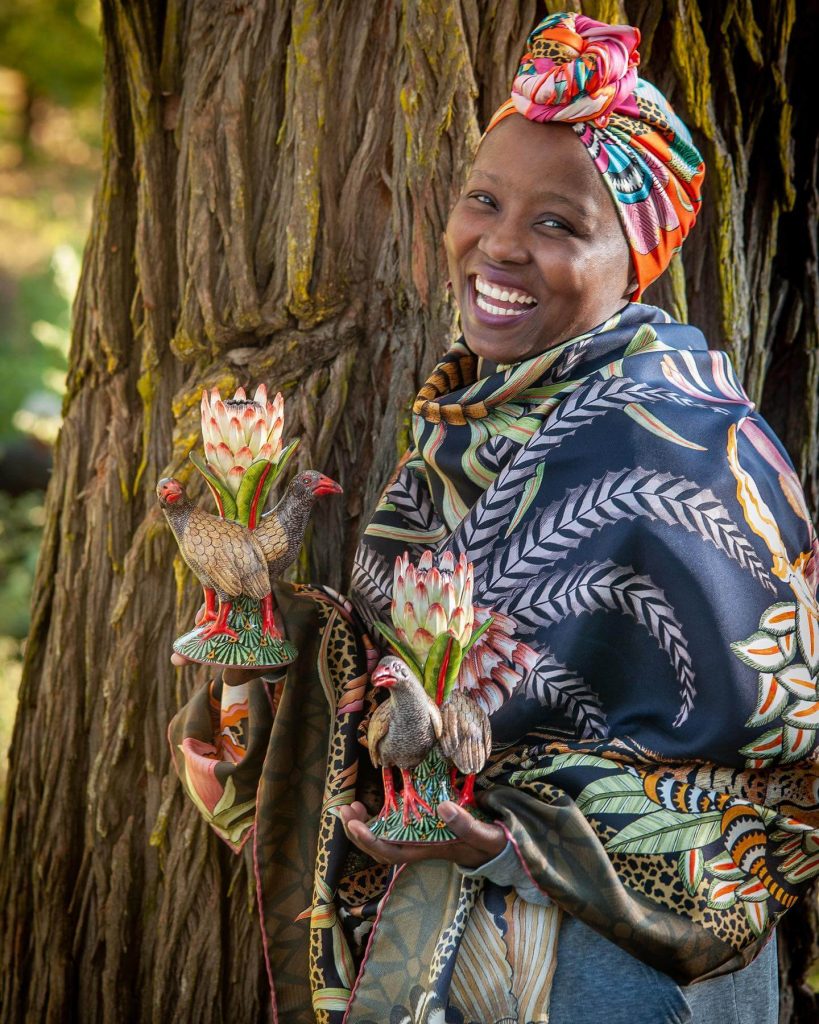
Rovos Rail’s founder and owner, the inspirational Rohan Vos, identified Ardmore with the view to establishing the studio as a worthy passenger excursion.
Passengers alight at the Lions River Train Station and travel the short trip by bus to the Ardmore studio to experience the workings of the largest ceramic art studio in South Africa.
A tour of the workshops permits guests to see the talented artists at work; a visit to the museum gives a glimpse into Ardmore’s history including past artists and previous exhibitions. The gallery allows guests to purchase an iconic piece of African functional art, and for equestrian lovers, there are stables occupied by international, award-winning stallions, on which Fée’s daughters Catherine and Megan compete.
Afterward, guests are treated to a scrumptious afternoon tea served in the beautiful gardens overlooking the Lion’s Valley.
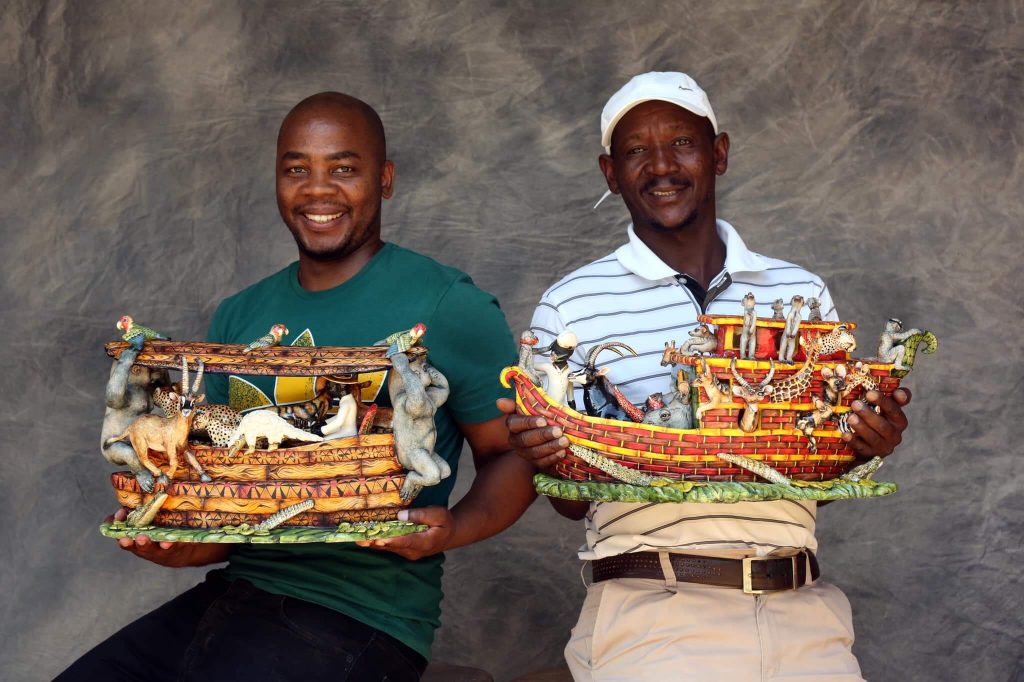
The bold, vibrant, and intricate designs for which Ardmore has become world-renowned are created by a diverse group of about 70 artists from the local Lidgetton area, who share their passion for art.
The Ardmore story began when Fée met Bonnie Ntshalintshali, a young girl from the community, whom she mentored.
Through Fee’s tuition and Bonnie’s craftsmanship, skill and their careful attention to detail, the duo forged an artistic synergy from which Ardmore has flourished. A mere five years after starting their collaboration they were jointly awarded the prestigious Standard Bank Young Artist Award which put Ardmore on the map.
As the company grew, Fée asked Bonnie to invite family members to join them in the studio, initially her sisters and cousins, and then members of her wider community. Today, almost 40 years later, the extended Ntshalintshali family is an integral part of Ardmore with many children of the original artists now adding their talents to the team.
“Ardmore is very much a family business – there is a family bond of loyalty and respect, parents have taught their children the skills they have learned in the Ardmore studio ensuring a succession of talented family members”, explains Fée.
Fée encourages the artists to initiate and develop their own ideas and style, to think independently and to challenge themselves. “They have a broad spectrum of ideas and a vision that often surprises me,” says Fée.
The kiln room where the long process of glazing and firing takes place is described by Fée as the center (bellybutton) of Ardmore. There is a harmonious synergy between sculptor and painter as they collaborate and work in unison on a shared artwork. Their dedication and attention to detail is timeless. Some works take up to four months to complete and the studio, on average, creates up to 400 unique art pieces a month.
A fulfilling aspect of the business for Fée is that her own children have become part of Ardmore.
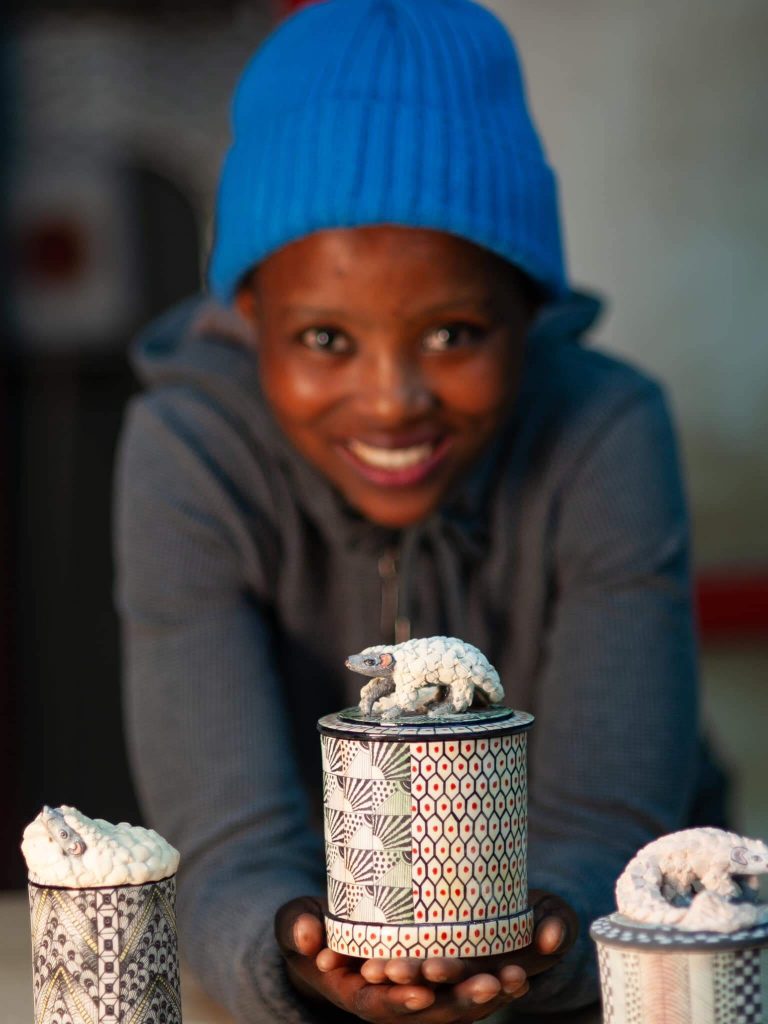
“My three children have taken Ardmore to the next level,” says Fée “Developing our social media presence and introducing graphic design, are just some of the areas in which they’ve made an impact. Their involvement has allowed me to focus more fully on the creative aspect of the business.”
Fée’s son, Johnathan, joined Ardmore as the Managing Director, after completing a business degree. He launched the textile range taking the bold ceramic designs and translating them into fabrics and luxury home products.
Both of Fée’s daughters are fine artists, Catherine heads up Creative Design, alongside Fée, for the fashion and home departments, whilst Megan is the Managing Director of Ceramics.
“It is gratifying seeing my children work together,” says Fée. “I have allowed them to make mistakes and to learn from their mistakes instead of telling them how it’s done. They have different personalities, and each of them needs to recognise each other’s talents and strengths.”
Fée’s philosophy for success is to work hard, instill self-worth in others and motivate them to succeed, to be opportunistic and to never stop dreaming.
The association with Rovos Rail has flourished into a friendship that saw Fée celebrating her 60th birthday on the train.
“Our businesses have many similarities, both are built on love and passion, strive for excellence through meticulous attention to detail, both are multi-generational family businesses; through pioneering spirits we have both had to overcome enormous challenges to reach success, and we both love our people and our country”. With these shared values the relationship between Rovos Rail and Ardmore is bound to thrive in the years ahead, with many more guests from all over the world enjoying the Ardmore stopover to marvel at their bespoke offerings.
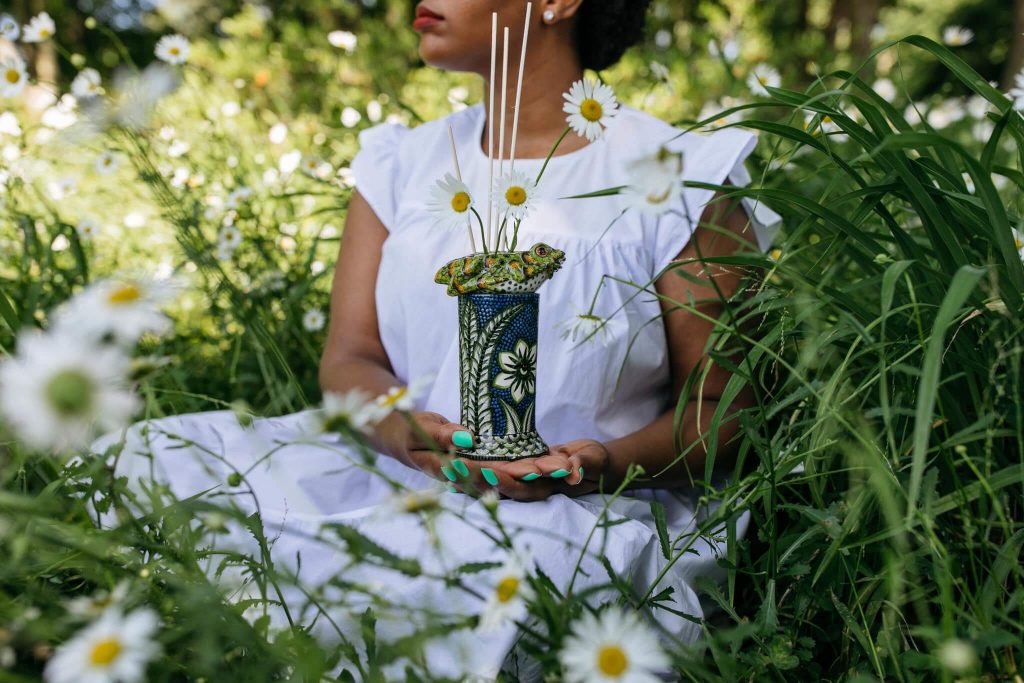
Images courtesy of Ardmore Ceramics & Design.

